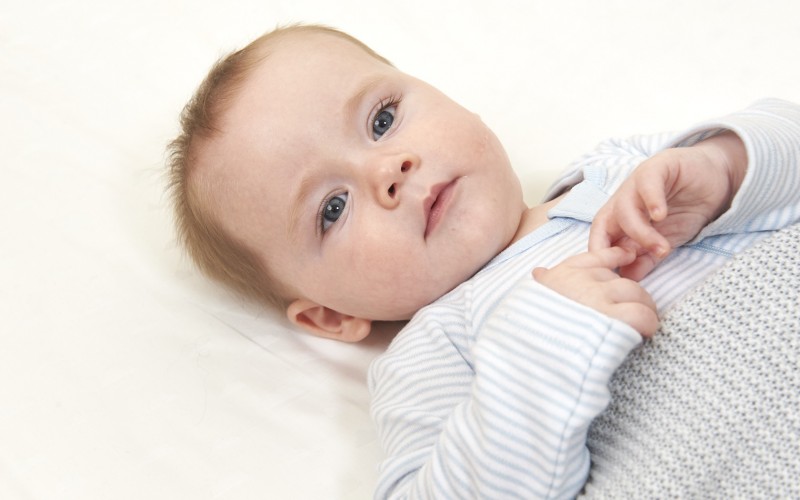Red Nose welcomes the results of a University of Adelaide study that has confirmed abnormalities in a common brain chemical are linked to sudden infant death syndrome (SIDS).

In the first study of its kind looking at babies outside the United States, researchers from the University of Adelaide’s Adelaide Medical School investigated 41 cases of SIDS deaths and discovered striking abnormalities in chemical serotonin within the brain.
Serotonin, otherwise known as 5-HT, is a neurotransmitter found in different parts of the human body, including the central nervous system. Among its many roles, serotonin is involved in the regulation of sleep, and also control of the cardiovascular and respiratory systems.
This research, published in the Journal of Neuropathology & Experimental Neurology, confirms and supports the concept that brainstem dysfunction, resulting in significantly altered serotonin expression, is associated with some SIDS deaths.
SIDS is the sudden unexpected death of an infant under one year of age that cannot be explained after a thorough investigation, including an autopsy. It is the leading cause of death in infants between one month and one year of age in Australia and the developed world.
The research was conducted by PhD student Dr Fiona Bright under the supervision of University of Adelaide Professor of Pathology Roger Byard. Dr Bright’s work builds on research conducted in the United States at the Boston Children’s Hospital and Harvard Medical School, where she was based for 18 months during her combined studies.
“Our research is significant because it has confirmed that abnormalities in serotonin in the brain are most definitely linked to cases of SIDS. This helps to support the findings of the American research,” Dr Bright said.
“Serotonin is a key neurochemical that plays an important role in the control and management of the complex respiratory, cardiovascular and autonomic systems within the human infant brainstem.
“Our research suggests that alterations in these neurochemicals may contribute to brainstem dysfunction during a critical postnatal developmental period. As a result, this could lead to an inability of a SIDS infant to appropriately respond to life-threatening events, such as lack of oxygen supply during sleep.
“Notably, the SIDS cases we studied were all linked to at least one major risk factor for SIDS, with more than half of the infants found in an adverse sleeping position and having had an illness one month prior to death,” Dr Bright said.
Professor Byard said: “Better understanding of the complex role of these neurochemicals, and the exact causes of their dysfunction in the brain, will help future research to develop potential biomarkers for infants at increased risk of SIDS.
“Ultimately, we hope that this work will lead to improved prevention strategies, helping to save babies’ lives and the emotional trauma experienced by many families.”
This research was funded under a Fellowship established by River’s Gift.
For information on how to sleep baby safely to reduce the risk of sudden unexpected death in infancy, including SIDS and fatal sleeping accidents, visit https://rednose.org.au/section/safe-sleeping.
